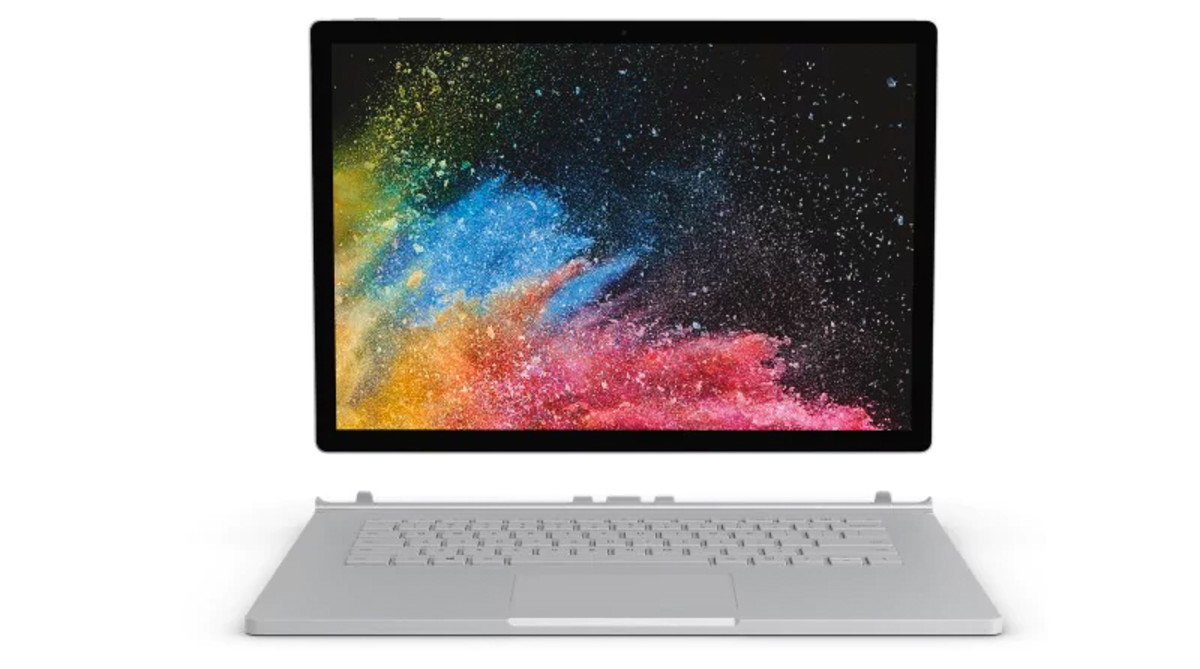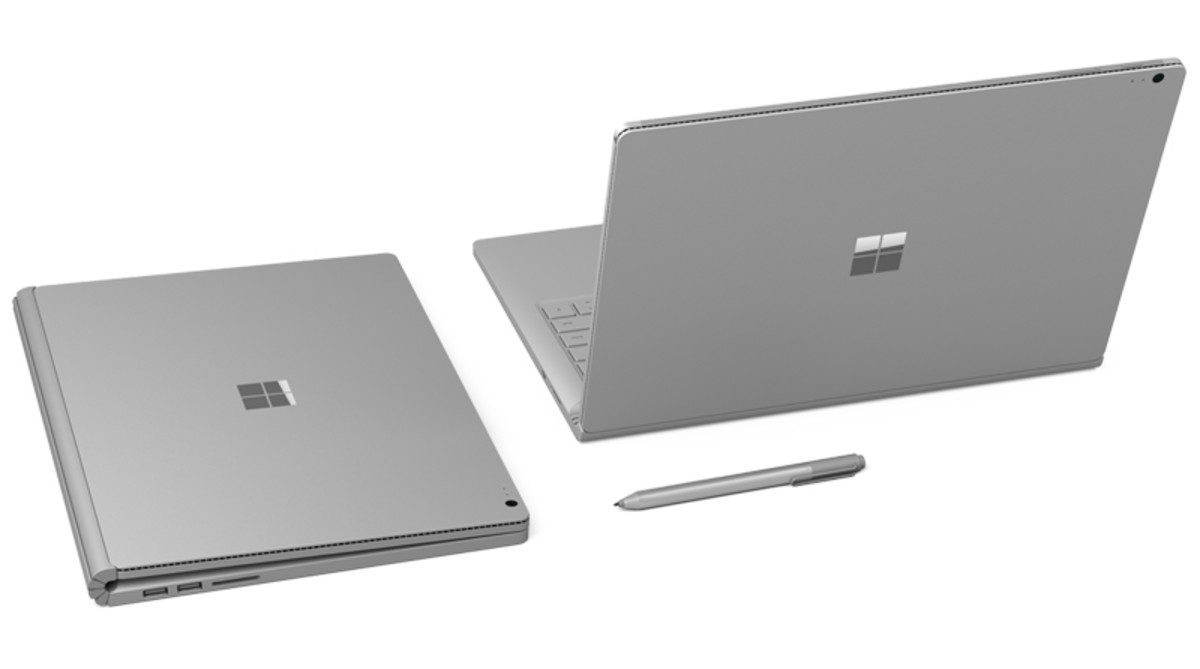Microsoft Surface Book 2 review

Microsoft has made a lot of progress since they first began producing hardware under their Surface line. They’ve had a lot of bumps in the road over the years, but their perseverance has paid off, as they’ve managed to follow up one winner in the Surface Laptop with another in the Surface Book 2.
The Surface Book 2 is Microsoft’s answer to Apple’s Macbook Pro. It’s a powerful, portable workhorse that can handle everything from games to video editing. No matter the model, just one look at the spec sheet makes it pretty obvious that Microsoft stuffed some serious hardware into the Surface Book 2, and it offers a number of advantages that make it a superior option to the Macbook Pro, especially if you prefer Windows over macOS.
The keyboard is fantastic. It’s responsive to the touch, there’s great travel, everything is comfortably spaced out and it is a pleasure to type on. Admittedly, it’s slightly louder than I would prefer, but that’s just nitpicking on my end. The trackpad on the laptop is large, accurate and can challenge what has long been considered the king of trackpads in the MacBook Pro. These are both key elements for any laptop, and Microsoft nails them both here.
The most frustrating aspect of the Surface Book 2 is the odd choice of ports. The SD card reader built into the side is nice to have, but it isn’t completely necessary. There is a single USB Type-C port on the right side with two USB Type-A ports on the left side, but oddly enough, they didn’t include support for Thunderbolt 3. That limits the capabilities of the USB Type-C port, which seems odd considering the fact that they have positioned this as a competitor to the Macbook Pro, where power users may need to power multiple HD screens at once or use external hardware to push the limits.
From a design perspective, the Surface Book 2 is beautiful. The clean, magnesium finish looks elegant and feels great in your hands. There is, however, one thing you must get used to: the hinge. Yes, the hinge is still a little weird, and it takes some getting used to the gap when you close the laptop, as the odd wedge shape it creates can make it a little awkward when trying to stuff it into a bag. The reason for the hinge is that the display is detachable and turns into a tablet at a moment’s notice. The 2-in-1 design can be an appealing feature for a lot of users, and it can be particularly useful if you’re the creative type who may want to, say, pull the screen off and draw on the screen. As a tablet, it feels fairly light in your hands for such a large screen, and it’s great to have the option to turn it into a tablet.
I’ve become accustomed to a hybrid experience on Windows 10, using the trackpad most of the time with intermittent use of the touchscreen sprinkled in. A minor nuisance is the screen wobbling when you touch it due to the hinge design, but it’s something that you can mostly overlook on the display, which is stunning. Microsoft offers arguably the best display on a laptop, which comes color calibrated so that you get excellent color reproduction. The 3:2 aspect ratio is great for browsing the web and reading, and the 3240 x 2160 resolution assures you near 4K quality picture. Even games look amazing when you crank up the settings thanks to the discrete graphics card stuffed into the chassis.

With an Nvidia GTX 1060 graphics built in, the Surface Book 2 is more than capable of serving as a gaming laptop. Not to mention, they also support Xbox controllers, so you can easily take your gaming on the road and use it as your on-the-go Xbox. I tested a number of games on the Surface Book 2: Forza 7, Rise of the Tomb Raider, Gears of War 4 and Cuphead. Even when pushed to the limit with the highest graphics settings, I was able to regularly get 40-plus FPS. And you can get 60 FPS consistently when the settings were set somewhere in the middle for the more graphically demanding games. It’s clear that whether you’re a casual gamer or someone more serious playing on a competitive level, the Surface Book 2 discards the notion that you need to invest in a laptop tuned specifically for gaming. This may not be able to completely replace some monstrous desktop gaming PC, but for a laptop, it comes pretty close.
The new Windows Mixed Reality Headsets are supported here, and the Surface Book 2 certainly has the hardware to power them. While I was unable to do any direct testing, having used AR headsets on laptops with far inferior hardware, there is no doubt that the Surface Book 2 can run them with ease. It is, however, unable to power something like an HTC Vive.
The Surface Book 2 is a true powerhouse, able to run whatever you throw at it with ease. My typical workday involves running Chrome constantly in the background with at least six tabs open along with Adobe Photoshop and a number of other applications. I will also require the use of some more resource-intensive applications such as Adobe Premiere for video editing and encoding. There was never any instance where I experienced any slow downs or wished I had some extra juice under the hood. No matter what I was running, it just chugged along.

Battery life is excellent. I could regularly squeeze out close to 10 hours with mixed usage before getting perilously close to needing a charge. However, the same could not be said for the tablet when detached from the base, as it discharges fairly quickly. It is definitely not meant for prolonged use when not attached to the base.
If you’re on the market for a new laptop, Microsoft’s Surface Book 2 should be near or at the top of the list if you have the money and are willing to shell out for the very best. The Surface Book 2 certainly is not cheap, but you’ll be future proof for years to come should you decide to invest. If you’ve been using a MacBook Pro and are looking for an upgrade, the Surface Book 2 delivers in every way. It offers far more versatility and power, and it can work as your work computer while doubling as a gaming laptop.
